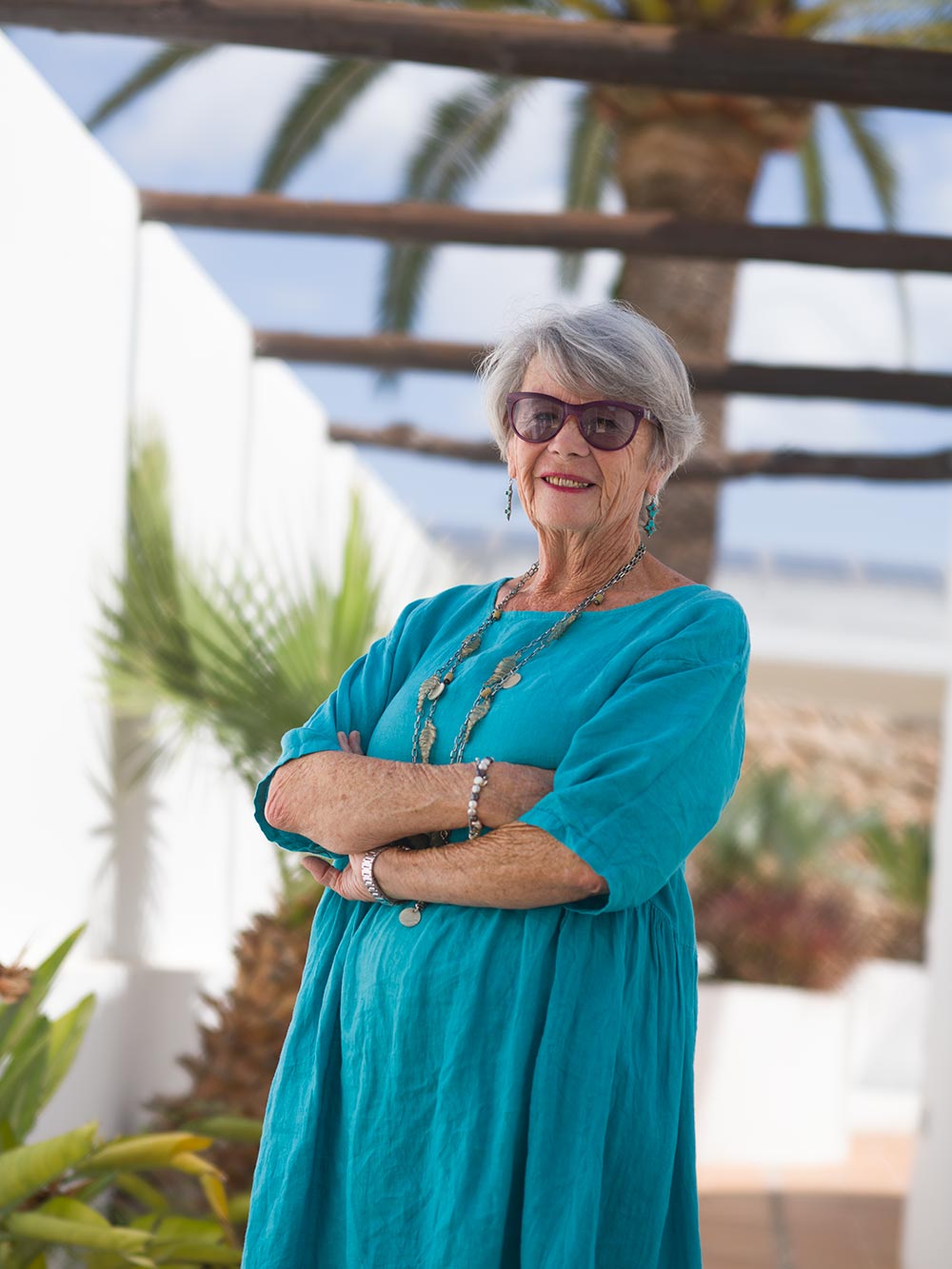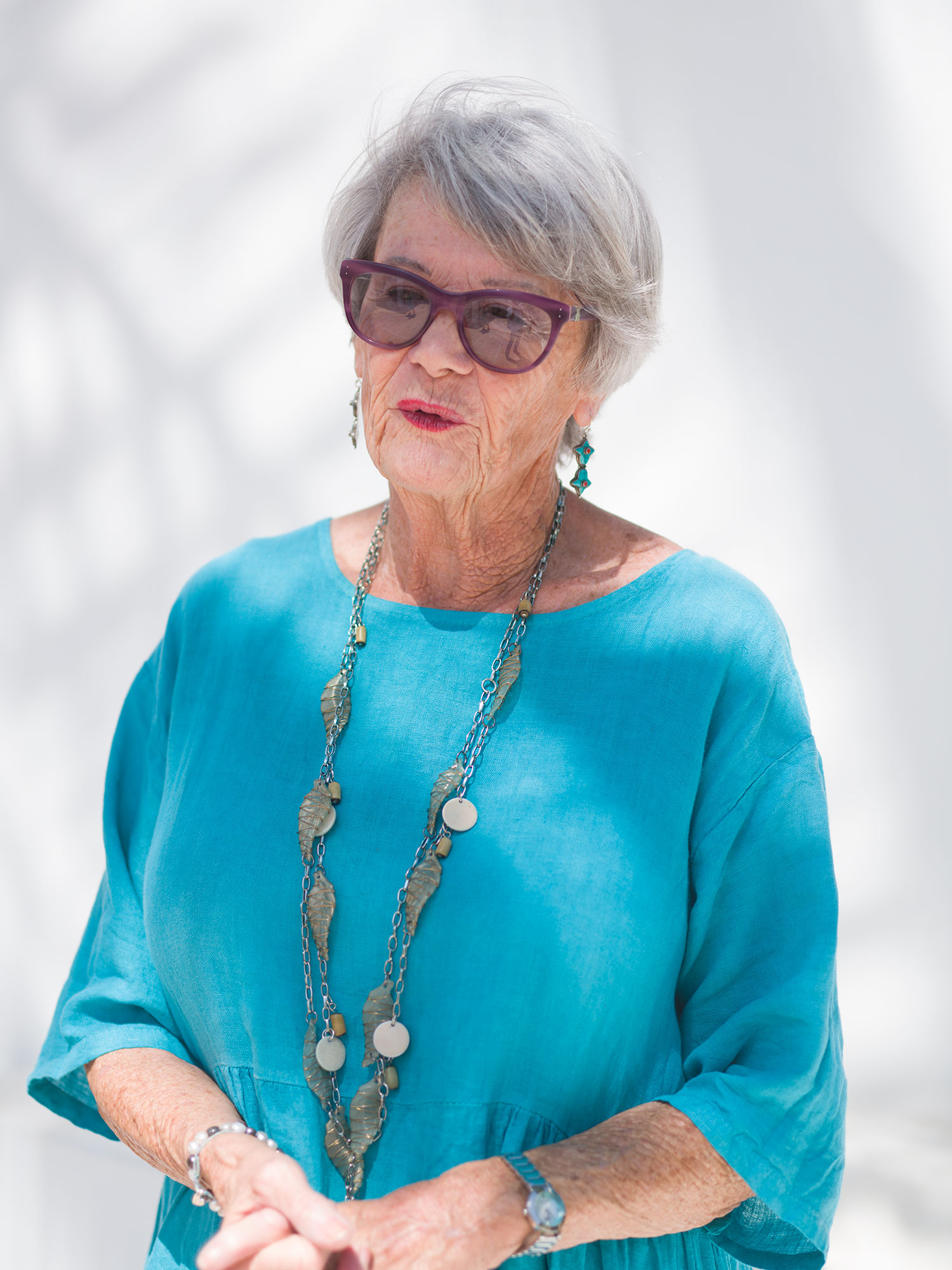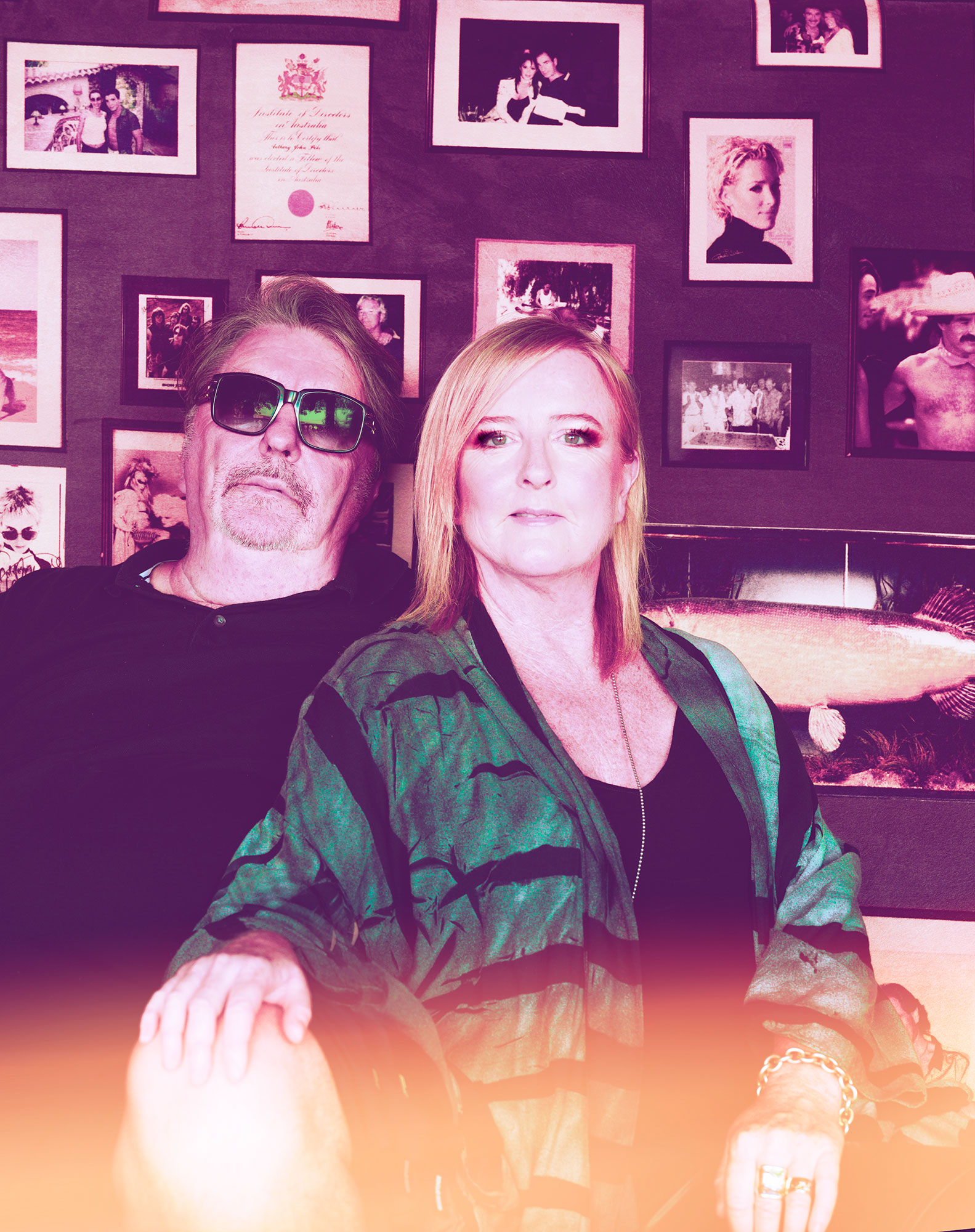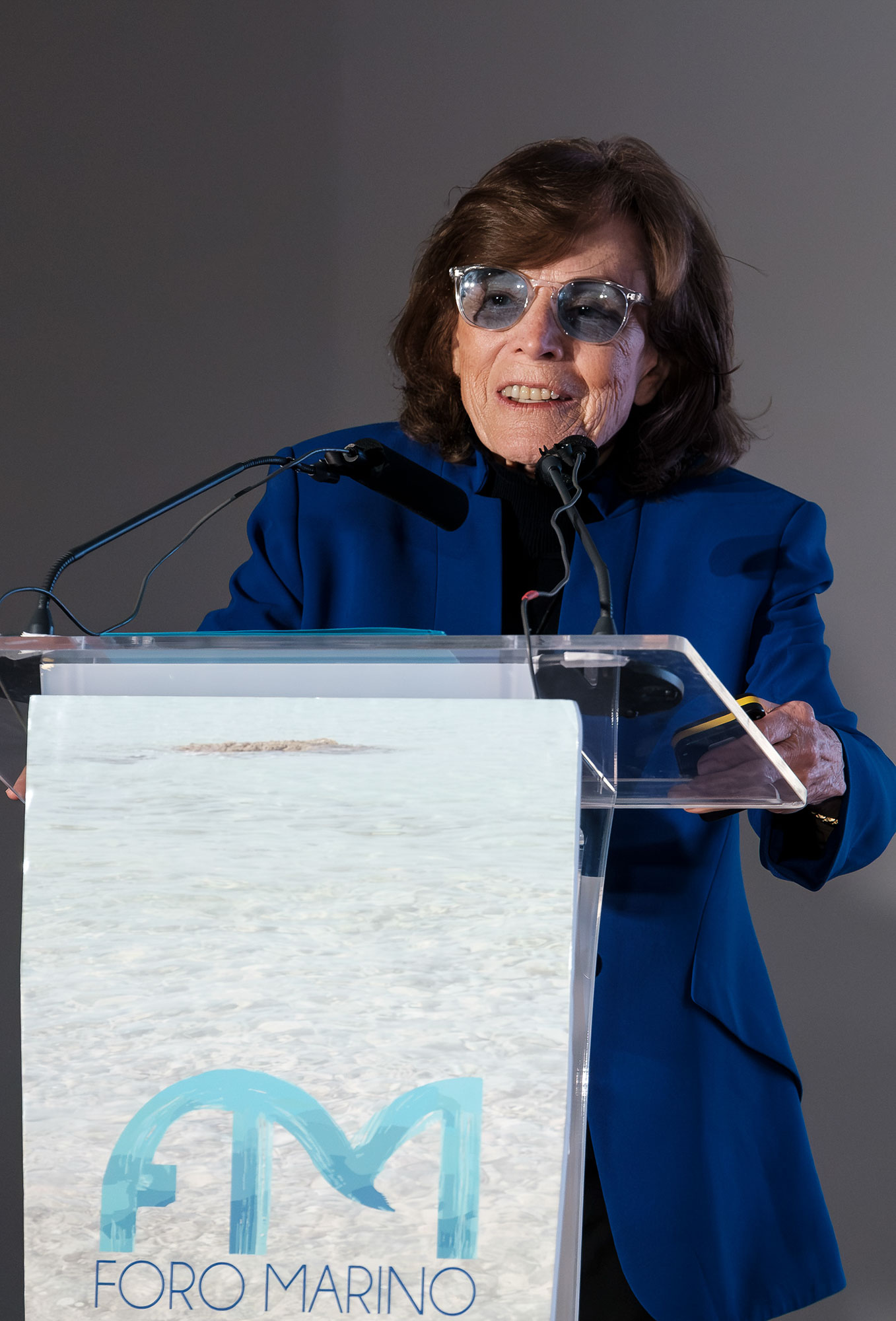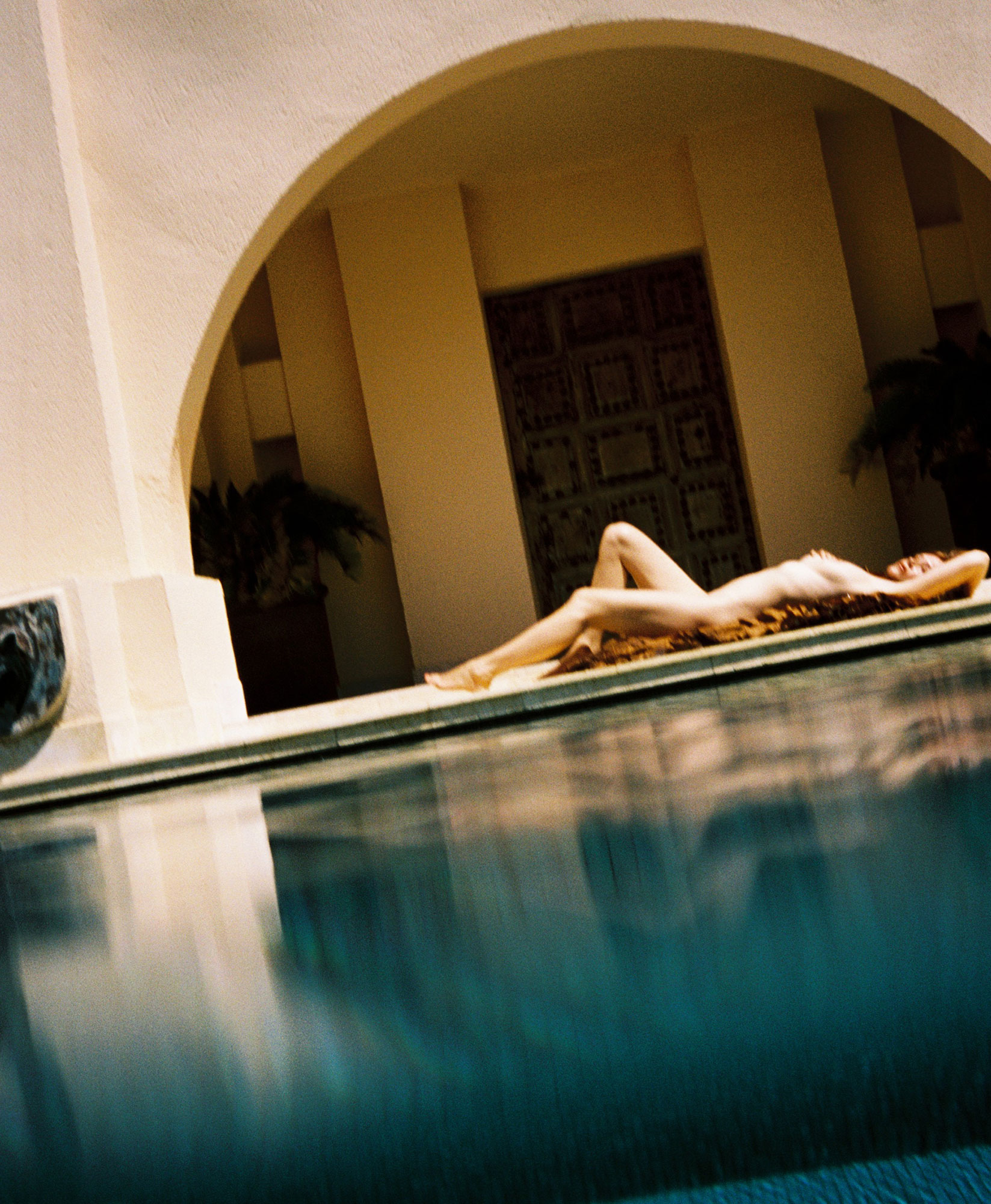“Holiday-makers were happier back then”, Scotland-born island icon Tricia Templeton says as she recalls her years working as a tour guide in Ibiza back in the 1970s.
“Times have changed so much. It felt like we were part of a family, as all of us tour guides worked together all the time”.
Tricia has lived on Ibiza for 46 years and seen how the island has changed.
‘Lady T’ as she is affectionately known, started working here in 1978 for the holiday company Intasun, followed by Thomson Holidays, now known as TUI.
“I always remember arriving into Ibiza on the ferry. We sailed into the harbour of Ibiza Town, with the castle at the top, the little white houses and all the fisherman’s cottages. It was an ‘oh my God moment’ – so pretty! The thing was at the time I didn’t know where Ibiza was, I had to look it up on a map. I had been in Lloret del Mar on mainland before. I got off the ferry and saw all the old banks and bars in the old port – it looks so different now with all the super yachts. I went into a bar and had the strongest Spanish coffee!” she giggled, recalling the first time she stepped foot on the island, which has long since become home.
Ibiza is well and truly home for Tricia, having brought up her son and daughter here, now with grandchildren too. She spends her time being a ‘good samaritan’ helping many residents with the endless issues of bureaucracy. Juxtaposed her Lady T title, she’s also been nicknamed ‘Queen of Ibiza’, in view of her sparkling personality, longevity on the island, extensive knowledge, and of course her British roots, charm and good manners.
Starting out as a tour guide she recalled having to swot up on all the historical facts of the White Isle. She said, at that time, because people didn’t have the internet, tourists would book excursions as that was the only way to see the island.
Remembering one anecdote in particular, she told me it took more than 50 years to build the walls around Dalt Vila!, under the watchful eye of Italian engineer Giovanni Batista Calvi.
“I had my notebook – I was so nervous – getting out my book at each stop to make sure I had remembered my facts correctly. People were interested in the history – and Ibiza has so much history having been a target for pirates over the years, and occupied by so many people over time”.
She recalls taking visitors to the Salt flats: “Workers used to dig the salt by hand and put it on a rail track – they used to fill the carts by hand. They would take their salt to La Canal and make it into big piles, and then they would clean it. Rowing boats would come in to take it out to the big ships. It would mostly go to fish packing factories in Norway and Sweden; also to the UK for salting roads.
Salt was a very valuable commodity, the people who worked on the salt flats could be paid in salt. Sometimes prisoners from the mainland used to work on the salt flats too”.
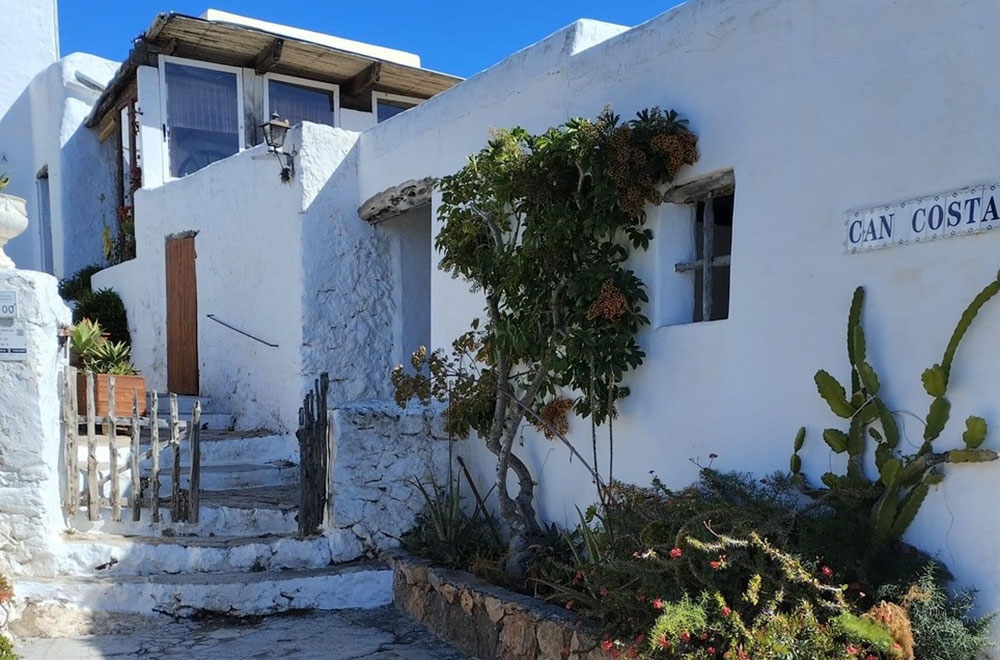
Tricia talks fondly about the different places they would regularly take holidaymakers to, including a location in Salinas national park where tourists could meet ‘local’ camels and have their photos taken. “We obviously didn’t have camera phones then, so everywhere we went there would be photographers who would take official photos of people and they would buy them to take home as souvenirs. I was always a bit wary of the camels though”, she laughs.
“We would take people to Barbacoa, which is now Sluiz in Santa Gertrudis. The casino in Passeig Joan Carles I, where there would be flamenco dancing and the restaurant next door, called Jackpot was really popular. Everyone would go there, good food, good service”.
She remembers how they would go to what is now Es Jardins de Fruitera, and holidaymakers would ride donkeys there. “Whenever I go there, I can still smell donkeys but it is just in my mind – it is now a lovely place to go, but I am haunted by the donkeys”, she laughs.
Other nights they would take people to the former Sa Tanca venue in San Antonio, where tourists would enjoy a Medieval Night banquet and entertainers would perform jousting on horses.
“Everyone would sit on these long banquet tables and they would get food and jugs of sangria – but then we would have to gather them up and get them back to the hotel, which wasn’t always easy when they’d had a lot to drink. Some things don’t change!”
She says, Playa d’en Bossa used to be very family orientated: “It was pure families, very normal people all the way down the beach. It was buzzing with life. When the all inclusive hotels started to open, the bars closed down. The Cockney Rebel bar, Finnegan’s Irish bar – well known bars, they were packed out. The only one still there is Murphy’s bar. The all inclusive deals just killed it”.
Unlike these days of post-Brexit, Tricia explains it was relatively easy to work in Spain in the 70s and 80s. “We used to have to queue up at the Spanish embassy in the UK and then we would be given these work permits. We would have to go every year and they would issue these physical paper permits”.
Sharing nostalgic memories of showing guests around Dalt Vila; Tricia says she would love walking around the cobbled streets; “I fell in love with it. You would see the stall holders wearing their traditional Ibicenco dress with the eight petticoats, which you would think would be so hot in the heat of the summer – and they were black. I loved walking around the port – it was so simple – no pretentiousness, just normal people”.
She recalls going to Teatro Peyrero, which has re-opened this year after renovations, when it was a cinema in 1983. “I remember exactly the year because we saw the film Little Woman, and I was pregnant with my daughter and the seats were wooden and really hard!”
Listening to Tricia reminisce so passionately about her life and times in Ibiza, it becomes clear how – and why so many refer to her as ‘Queen of Ibiza’!
